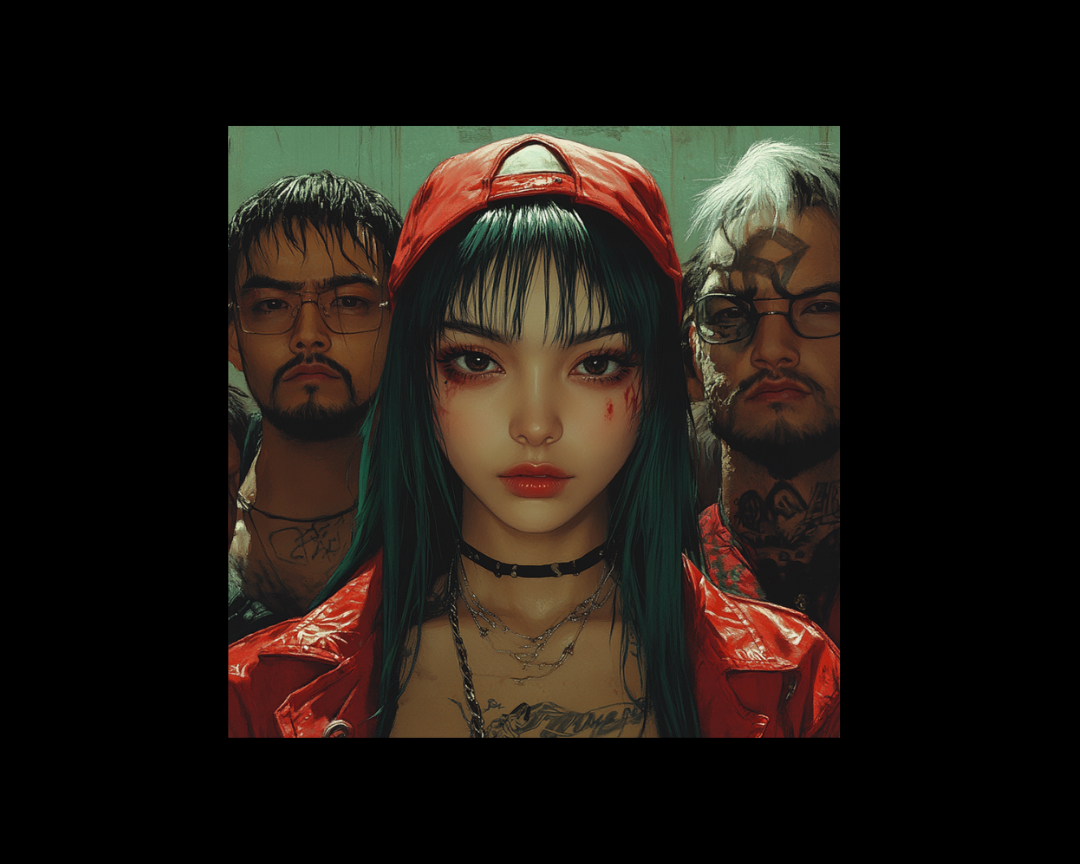2 min read
Life Gets Weirder and Weirder: Meet "Petfluencing"
In the wake of Covid-19 lockdowns, the era of "petfluencer" agencies has surged, as an array of people adopted pets during this time. Animals...
3 min read
 Writing Team
:
Apr 21, 2025 4:41:44 PM
Writing Team
:
Apr 21, 2025 4:41:44 PM

The virtual creator landscape has undergone a seismic transformation in recent years, evolving from niche curiosity to mainstream cultural phenomenon. A new Culture & Trends Report from YouTube provides comprehensive insights into this digital revolution, documenting how animated avatars are reshaping content creation and audience engagement across the platform.
What was once dismissed as a passing fad has solidified into a legitimate and influential segment of the creator economy. YouTube's data shows that virtual creator content has reached unprecedented levels of popularity:
Perhaps most tellingly, consumer adoption has skyrocketed. While YouTube's 2020 trends report indicated fewer than half of respondents were open to watching virtual creator content, their 2024 research found that 57% of viewers aged 14-44 had watched a virtual creator in the past year.
The report identifies four primary categories of virtual creators, each with unique characteristics and audience appeal:
The report details how technological advancements have enabled this virtual revolution:
Perhaps most significant is the report's emphasis on "platform-native" content - these aren't simply animated characters transported from other media, but personalities specifically designed for YouTube and similar platforms.
Despite their digital nature, YouTube's research emphasizes that authenticity remains the core appeal of virtual creators. The report states that adopting a virtual persona often allows creators to express their "talents and creativity more fully, often making them seem more genuine than their peers."
The virtual identity serves as a shield against appearance-based judgments and anxieties, allowing creators to focus on showcasing their ideals rather than material circumstances. This connects with YouTube's broader finding that 61% of viewers in EMEA agree that YouTube creators come across as authentically themselves.
The report identifies gaming content as particularly well-suited for virtual creators:
The report concludes with four key takeaways for brands and content creators:
A particularly striking finding for the future: a recent survey by Japanese website Nifty Kids found that more children want to be VTubers than traditional YouTubers, indicating these virtual personas aren't just entertaining but aspirational for the next generation of content creators.
What began in Japan with pioneers like Kizuna AI (the first VTuber, debuting in 2016) has now expanded globally, with multi-million subscriber channels across numerous languages and cultural contexts. As tools become more accessible and audience acceptance continues to grow, virtual creators appear positioned to become an increasingly significant segment of the digital content world.
.png)
2 min read
In the wake of Covid-19 lockdowns, the era of "petfluencer" agencies has surged, as an array of people adopted pets during this time. Animals...

If you're still sleeping on influencer marketing, it's time to wake up. This isn't some flash-in-the-pan trend with a market set to hit $21.1B. It's...

YouTube just solved one of livestreaming's biggest problems: how to monetize without destroying the viewing experience. Their new side-by-side ad...